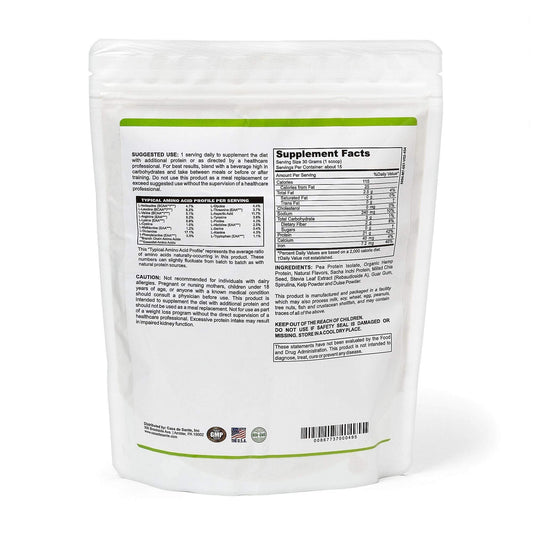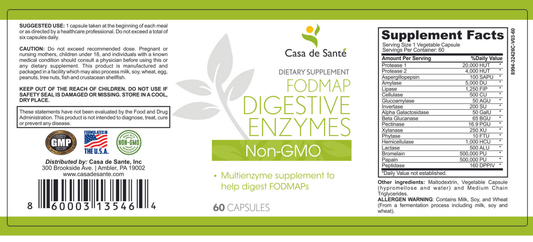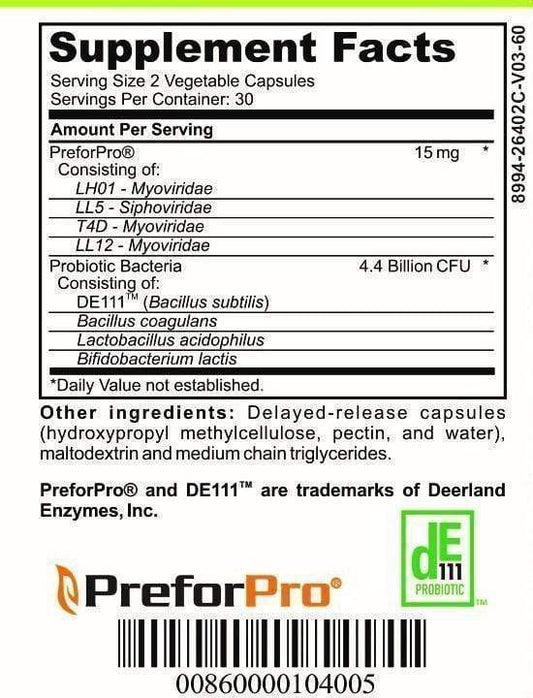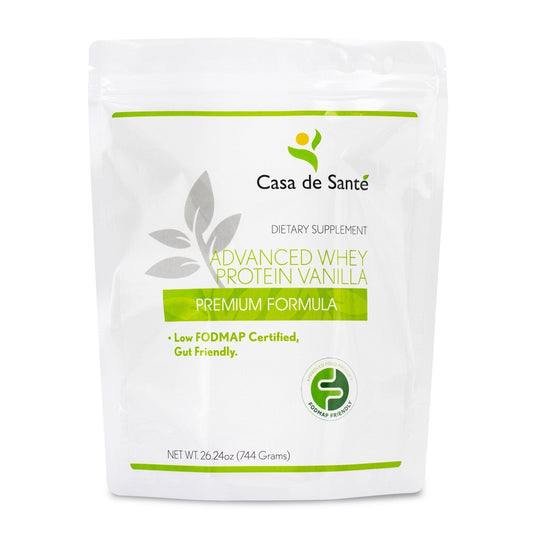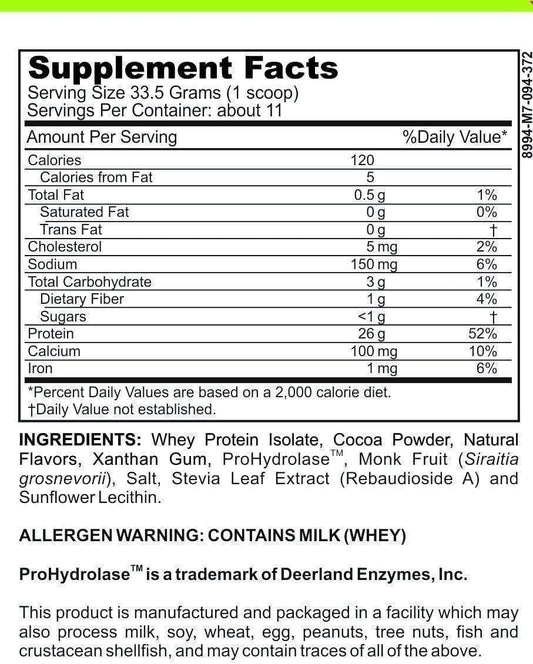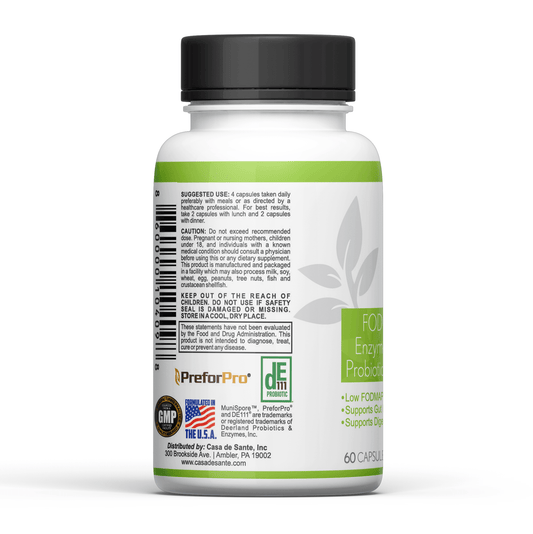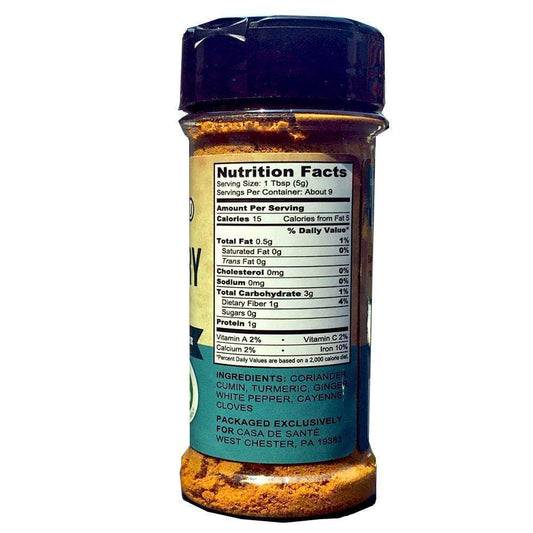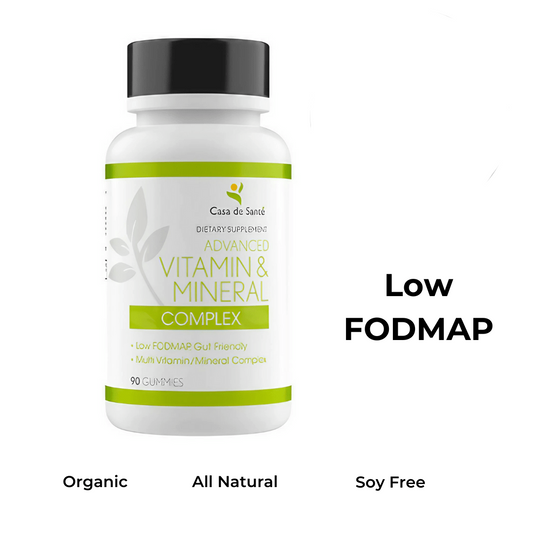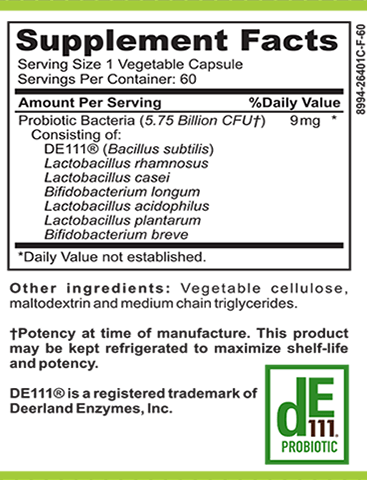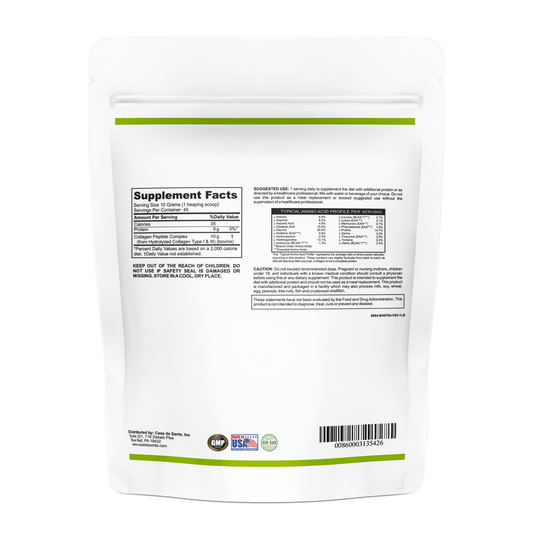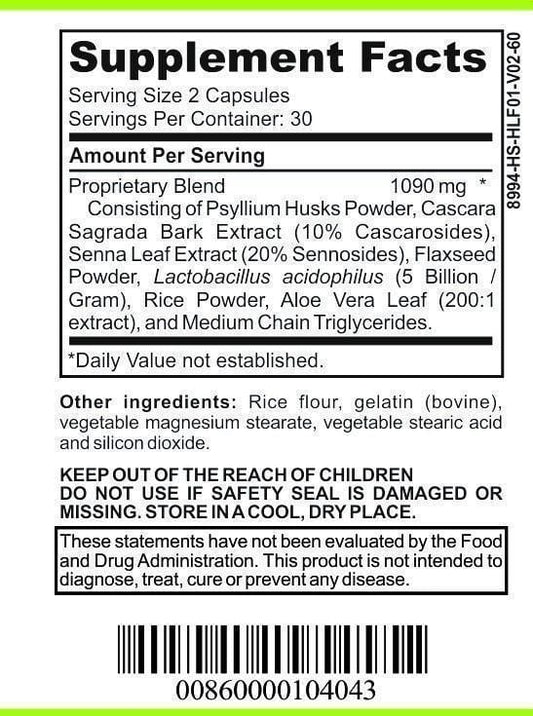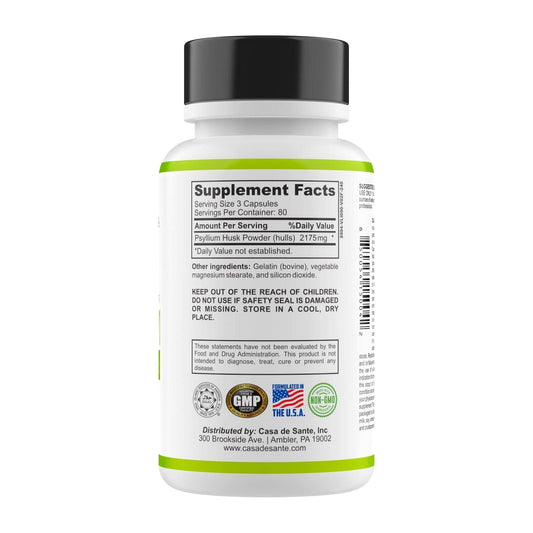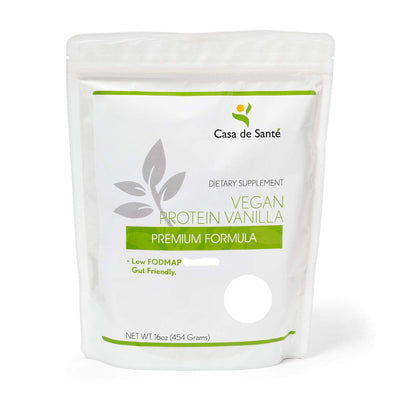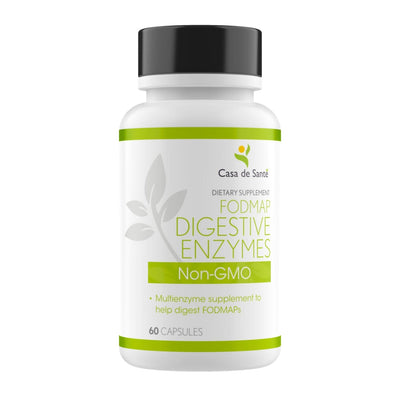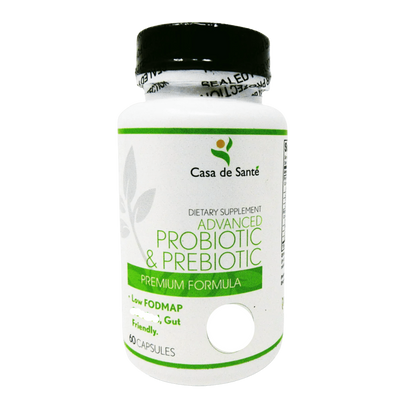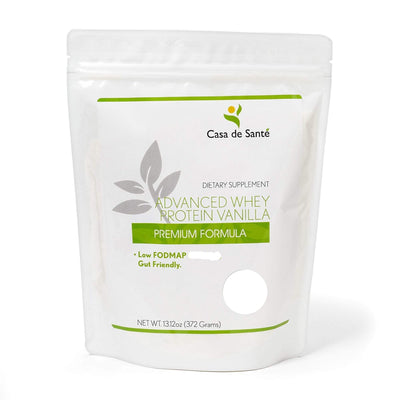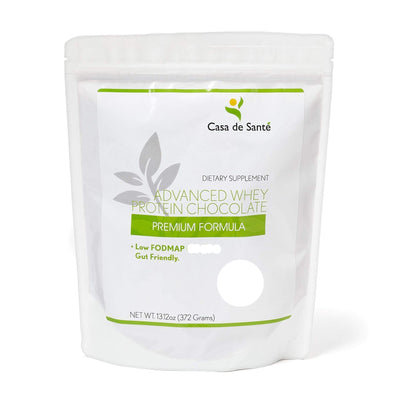Is Fudge Gluten Free
Is Fudge Gluten Free
Fudge is undeniably a delightful treat that many people enjoy. It's rich, creamy, and often packed with tempting flavors. However, if you follow a gluten-free diet, you might be wondering whether fudge is safe for you to consume. In this article, we will explore the question, "Is fudge gluten-free?" to help you make an informed decision.
Understanding Gluten and Its Effects
Before we delve into researching the gluten content in fudge, it's essential to have a solid understanding of what gluten is and how it affects the body.
Gluten, a term that has gained significant attention in recent years, refers to a group of proteins commonly found in wheat, barley, rye, and their derivatives. These proteins act as a binding agent and contribute to the characteristic texture of many baked goods.
However, for individuals with gluten intolerance or celiac disease, consuming gluten can have adverse effects on their health. Gluten intolerance, also known as non-celiac gluten sensitivity, is a condition in which individuals experience negative symptoms after consuming gluten-containing foods, even though they do not have celiac disease.
When someone with gluten intolerance consumes gluten, it can trigger a range of uncomfortable symptoms. These may include bloating, abdominal pain, diarrhea, fatigue, and even damage to the small intestine over time. The severity of these symptoms can vary from person to person, with some experiencing mild discomfort and others facing more severe reactions.
Celiac disease, on the other hand, is an autoimmune disorder in which the ingestion of gluten leads to damage in the small intestine. This damage can interfere with the absorption of nutrients from food, leading to various health complications if left untreated. Individuals with celiac disease must strictly adhere to a gluten-free diet to manage their condition and prevent further damage.
It's important to note that gluten intolerance and celiac disease are distinct conditions, but they both involve an adverse reaction to gluten. Understanding the effects of gluten on the body is crucial for individuals who need to make dietary choices that align with their health needs.
What is Gluten?
At its core, gluten is a complex mixture of proteins, including gliadins and glutenins, that give dough its elastic texture. When flour is mixed with water, these proteins form a network that provides structure and elasticity to baked goods. This unique characteristic of gluten is what allows bread to rise and gives it its chewy texture.
Gluten is not only found in obvious sources like bread, pasta, and pastries but can also hide in various processed foods, sauces, and condiments. It's important for individuals with gluten intolerance or celiac disease to carefully read food labels and be aware of hidden sources of gluten in their diet.
How Gluten Affects the Body
For those with gluten intolerance or celiac disease, consuming gluten can trigger a range of uncomfortable symptoms. These may include bloating, abdominal pain, diarrhea, fatigue, and even damage to the small intestine over time.
When individuals with gluten intolerance consume gluten, their immune system recognizes it as a threat and launches an immune response. This response can lead to inflammation in the small intestine, causing the symptoms mentioned earlier.
In individuals with celiac disease, the immune response is even more severe. When gluten is ingested, the immune system mistakenly attacks the lining of the small intestine, damaging the villi. Villi are tiny finger-like projections that line the small intestine and play a crucial role in nutrient absorption. Over time, this damage can lead to malnutrition and other complications.
It's worth noting that gluten does not have any adverse effects on individuals without gluten intolerance or celiac disease. For the majority of the population, gluten is well-tolerated and does not cause any harm.
In conclusion, understanding gluten and its effects on the body is essential for individuals with gluten intolerance or celiac disease. By being aware of hidden sources of gluten and making informed dietary choices, those affected can manage their condition and improve their overall well-being.
The Basic Ingredients of Fudge
Let's start by examining the basic components that make up fudge. By understanding the ingredients, we can better assess whether gluten may be present.
Fudge, a delectable and rich treat, has a long history dating back to the late 19th century. Its irresistible texture and sweet flavor have made it a beloved dessert for generations. The key to making perfect fudge lies in its basic ingredients and their precise measurements.
Traditional Fudge Components
Classic fudge recipes typically consist of sugar, butter, and milk. These ingredients form the foundation of most fudge recipes and are generally gluten-free. The sugar provides the necessary sweetness, while the butter adds a creamy richness. Milk, whether whole, condensed, or evaporated, contributes to the smooth and velvety texture of the fudge.
When these ingredients are combined and heated to the right temperature, a magical transformation occurs. The mixture thickens and caramelizes, creating a luscious and indulgent treat that melts in your mouth.
Variations of Fudge Recipes
While traditional fudge recipes are naturally gluten-free, some variations may introduce gluten-containing ingredients. For example, certain flavors may include add-ins like cookies, pretzels, or cake pieces, which can contain gluten. It's crucial to be mindful of these variations if you're seeking gluten-free options.
However, fear not! There are countless gluten-free fudge recipes available that still deliver the same incredible taste and texture. These recipes often use gluten-free alternatives for the add-ins, such as gluten-free cookies or pretzels. With a little creativity and experimentation, you can enjoy a wide variety of fudge flavors without worrying about gluten.
Moreover, fudge is a versatile treat that can be customized to suit various dietary preferences and restrictions. For those who are lactose intolerant, dairy-free alternatives like coconut milk or almond milk can be used as substitutes for regular milk. Similarly, vegan fudge recipes replace butter with plant-based alternatives like coconut oil or vegan margarine.
Whether you prefer classic chocolate fudge, peanut butter fudge, or unique flavors like salted caramel or mint chocolate, there is a fudge recipe out there to satisfy every sweet tooth. So go ahead and indulge in this timeless confection, knowing that you can adapt it to suit your dietary needs and preferences.
Identifying Gluten in Fudge
Now that we have a better understanding of fudge's basic ingredients, let's explore ways to identify gluten in fudge and navigate gluten-free alternatives.
Fudge, with its rich and creamy texture, is a beloved treat enjoyed by many. However, for those with gluten sensitivities or celiac disease, it's important to be cautious about the ingredients used in fudge. While the core ingredients of fudge are generally gluten-free, it's crucial to be aware of potential hidden sources of gluten.
Common Gluten-Containing Ingredients in Fudge
When it comes to store-bought fudge, it's essential to read the labels carefully. Some varieties may contain additives or flavorings that could introduce gluten into the product. These additives can include modified food starch, maltodextrin, or even natural flavorings that may contain gluten derivatives.
One particular type of fudge that requires extra attention is white chocolate fudge. White chocolate is often made with ingredients derived from barley malt, which contains gluten. Therefore, individuals with gluten sensitivities should exercise caution when consuming or purchasing white chocolate fudge.
It's also worth noting that cross-contamination can occur during the production process, especially in facilities that handle both gluten-containing and gluten-free products. This can be a concern for individuals with severe gluten sensitivities or celiac disease.
Gluten-Free Alternatives for Fudge
If you're looking to enjoy gluten-free fudge, there are several options available to you. One approach is to seek out specialized gluten-free fudge brands. These brands often have dedicated facilities or stringent processes in place to ensure their products are free from gluten contamination.
Another option is to make your own gluten-free fudge at home. By substituting gluten-containing ingredients with gluten-free alternatives, you can recreate the joy of fudge without any worries. For example, instead of using regular flour, you can use gluten-free flour blends or alternative flours like almond flour or coconut flour. Additionally, there are gluten-free versions of condensed milk and chocolate chips available in many grocery stores.
When making gluten-free fudge, it's important to ensure that all utensils and equipment used are thoroughly cleaned and free from any gluten residue. This will help prevent cross-contamination and maintain the integrity of your gluten-free fudge.
In conclusion, while fudge can be a delightful treat, it's crucial for individuals with gluten sensitivities or celiac disease to be mindful of potential gluten sources. By reading labels, seeking out specialized brands, and making your own gluten-free fudge, you can indulge in this sweet delight without compromising your dietary needs.
Preparing Gluten-Free Fudge at Home
Now that we've explored the ingredients and identified potential sources of gluten, let's dive into how you can make your own gluten-free fudge at home. Follow these essential tips for a successful gluten-free fudge-making experience.
Essential Tips for Making Gluten-Free Fudge
- Use gluten-free ingredients and double-check for gluten contamination risks.
- Opt for gluten-free chocolate or cocoa powder to ensure a safe base for your fudge.
- Thoroughly clean all utensils and equipment to avoid cross-contamination.
- Consider using gluten-free flavorings, such as extracts or nuts, to add variety.
When it comes to making gluten-free fudge, attention to detail is key. By following these essential tips, you can ensure that your fudge is not only delicious but also safe for those with gluten sensitivities or celiac disease.
First and foremost, it's important to use gluten-free ingredients. While this may seem obvious, it's crucial to double-check labels and be aware of potential sources of gluten contamination. Even a small amount of gluten can cause a reaction in individuals with gluten sensitivities, so it's better to be safe than sorry.
When selecting chocolate or cocoa powder for your fudge, make sure to choose a brand that is certified gluten-free. This will give you peace of mind knowing that the base of your fudge is free from any traces of gluten.
Another important step in making gluten-free fudge is to thoroughly clean all utensils and equipment. Cross-contamination can occur if you use the same tools that have come into contact with gluten-containing ingredients. Take the time to wash everything thoroughly or consider using separate utensils specifically designated for gluten-free baking.
Adding flavor to your fudge is a great way to experiment and create unique variations. When choosing flavorings, such as extracts or nuts, make sure they are also gluten-free. Many extracts are naturally gluten-free, but it's always a good idea to double-check the label or opt for certified gluten-free options.
Popular Gluten-Free Fudge Recipes
If you're craving a homemade gluten-free fudge treat, here are two popular recipes to consider:
- Classic Chocolate Fudge: Made with gluten-free chocolate, sugar, butter, and condensed milk. This recipe guarantees rich, velvety fudge that melts in your mouth.
- Peanut Butter Fudge: A delightful twist on traditional fudge, this recipe combines gluten-free peanut butter, sugar, and butter. It's a perfect choice for all the peanut butter fans out there.
Now that you have the essential tips for making gluten-free fudge, it's time to put them into action with these delicious recipes. Whether you prefer the classic chocolate fudge or want to try something different with the peanut butter fudge, both options are sure to satisfy your sweet tooth.
When making the classic chocolate fudge, be prepared for a decadent treat. The combination of gluten-free chocolate, sugar, butter, and condensed milk creates a fudge that is rich, creamy, and simply irresistible. Each bite will melt in your mouth, leaving you craving for more.
If you're a fan of peanut butter, the peanut butter fudge is a must-try. The gluten-free peanut butter, combined with sugar and butter, creates a smooth and creamy fudge with a delightful nutty flavor. It's the perfect choice for those who love the combination of peanut butter and chocolate.
So, whether you're making classic chocolate fudge or indulging in the peanut butter variation, these recipes will surely satisfy your sweet tooth. Enjoy the process of making gluten-free fudge at home and savor every delicious bite!
Buying Gluten-Free Fudge
If you're not inclined to make fudge yourself or simply want to indulge in some ready-to-eat options, buying gluten-free fudge is an excellent alternative.
Recognizing Gluten-Free Labels
When purchasing fudge from stores or online, look for clear indications that the product is gluten-free. Reliable gluten-free labels, certifications, or manufacturer statements will help you identify safe options.
Trusted Brands for Gluten-Free Fudge
To assist you in your quest for gluten-free fudge, here are a few brands known for their dedication to producing gluten-free treats: Brand A, Brand B, and Brand C.
In conclusion, the question "Is fudge gluten-free?" depends on the specific recipe or brand. While traditional fudge components are typically gluten-free, it's important to remain vigilant and check for potential gluten-containing ingredients or cross-contamination risks. By following our guidelines, you can enjoy delicious gluten-free fudge, whether homemade or store-bought, and indulge in this classic treat worry-free.


